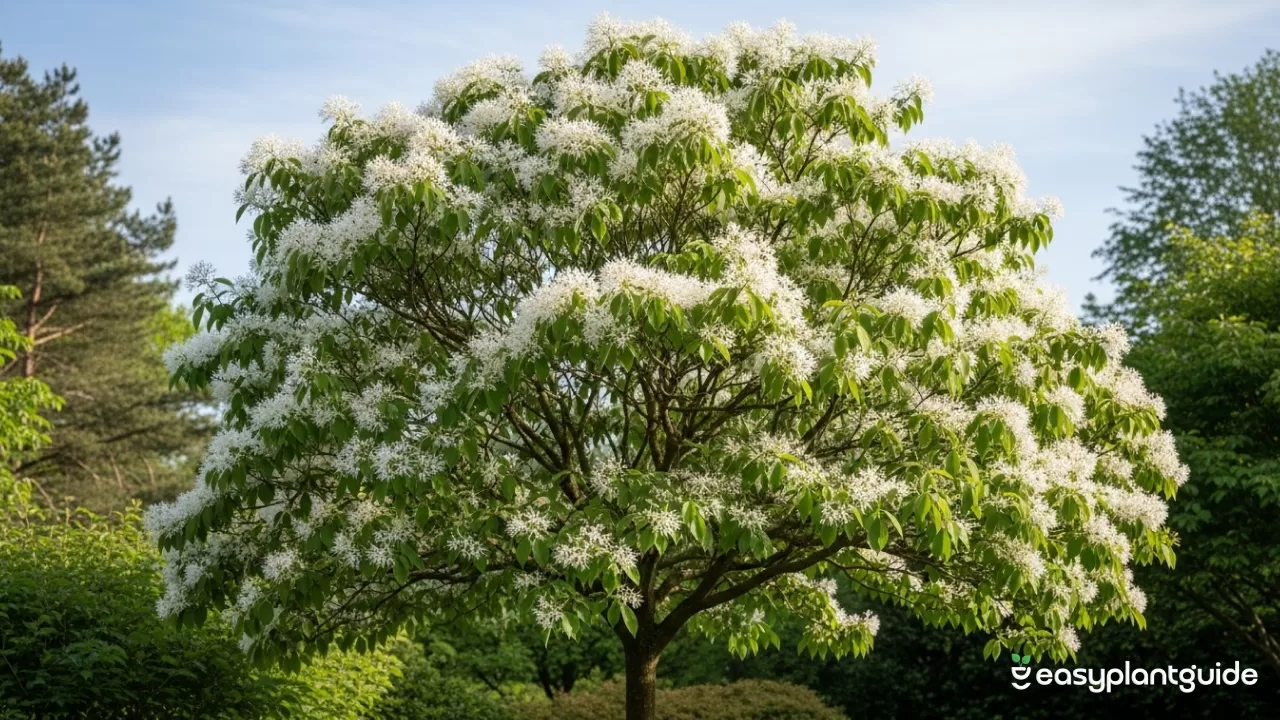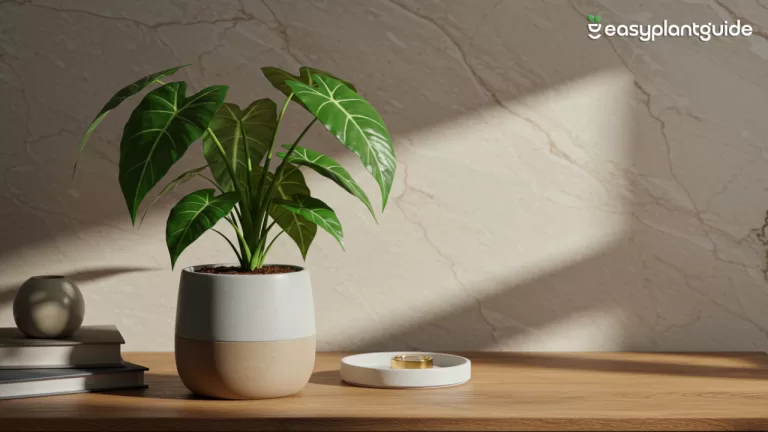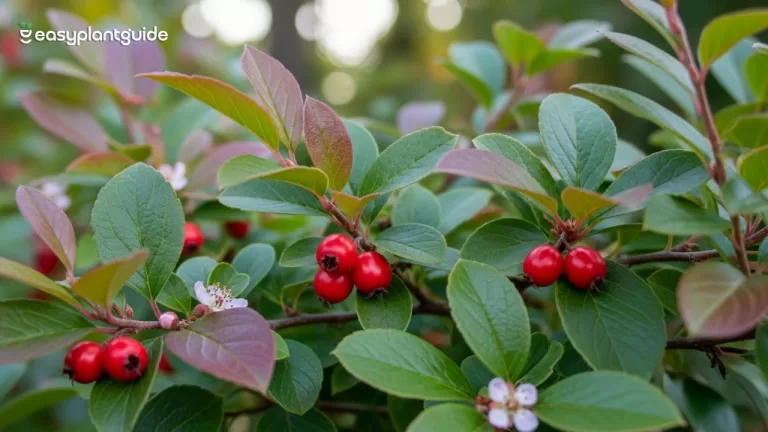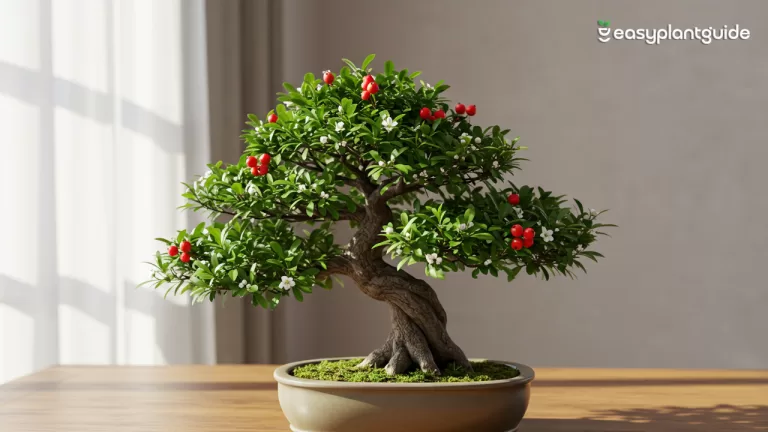Chionanthus Retusus: 7 Amazing Reasons This Tree is Loved
If you’ve ever wandered through a garden and been captivated by a cloud of delicate white flowers swaying in the breeze, chances are you’ve met Chionanthus retusus — better known as the Chinese fringe tree. This beauty isn’t just a feast for the eyes; it’s also one of the most adaptable and rewarding trees for home landscapes.
In this guide, we’ll explore everything you need to know about Chionanthus retusus — from its origins and appearance to care tips, uses, and why it deserves a special spot in your garden. Let’s dive into the world of this graceful ornamental tree.

What Is Chionanthus Retusus?
Chionanthus retusus is a deciduous flowering tree belonging to the Oleaceae family, which also includes well-known plants like olive trees, jasmines, and lilacs. Native to China, Korea, and Japan, this elegant species has long been admired for its striking clusters of white, fragrant flowers that appear in late spring, creating a snow-like effect across its branches.
Commonly known as the Chinese fringe tree, its scientific name beautifully captures its charm — “Chionanthus” means “snow flower” in Greek, while “retusus” refers to the slightly notched tips of its leaves. This tree combines ornamental beauty with hardiness, making it a favorite among gardeners who want a plant that looks delicate but thrives with minimal fuss. Whether planted as a standalone specimen or part of a flowering border, Chionanthus retusus adds grace, texture, and a touch of timeless elegance to any landscape.
Appearance and Growth Habits
The Chionanthus retusus tree typically grows 15–25 feet tall, with a rounded crown and dense foliage. Its leaves are glossy, oval-shaped, and turn a rich yellow in fall. But the real showstopper? Those incredible blooms — fluffy clusters of pure white flowers that resemble delicate lace or fringe.
Distinct Features
Chionanthus retusus blooms profusely in late spring, covering its branches with clouds of delicate white flowers. After flowering, it produces small bluish-black fruits that add seasonal interest and attract birds. The tree is also a magnet for bees and butterflies, making it perfect for pollinator gardens. In autumn, its foliage turns a stunning golden-yellow, offering year-round beauty. It thrives equally well in both full sun and partial shade, adapting easily to a variety of garden settings.
Benefits Beyond Beauty
The Chionanthus retusus isn’t just a feast for the eyes — it’s also a powerful contributor to the environment and overall garden health. Beyond its ornamental charm, this tree plays an important ecological role that benefits both people and nature.
1. Supports Pollinators and Birds
The fragrant white flowers of Chionanthus retusus attract bees, butterflies, and other pollinators, creating a lively and balanced ecosystem. Once the blooms fade, its small, dark fruits become a valuable food source for birds, making your garden a haven for wildlife year-round.
2. Enhances Air Quality
Like many trees, the Chinese fringe tree helps filter pollutants and release oxygen, improving the air quality around your home. Its dense foliage also captures dust and airborne particles, promoting a cleaner, healthier environment.
3. Offers Shade and Cooling Benefits
With its broad canopy and lush leaves, Chionanthus retusus provides cool shade during hot months, making outdoor spaces more comfortable. It also helps reduce heat buildup around buildings, contributing to a more sustainable and energy-efficient landscape.
5 Compelling Reasons to Grow Chionanthus Retusus
Still unsure whether Chionanthus retusus deserves a spot in your garden? Here are five compelling reasons that make this elegant tree a must-have for any landscape enthusiast.
1. Spectacular Flowers
One of the most striking features of Chionanthus retusus is its snowy-white, fringe-like flowers that bloom in late spring. These delicate clusters cover the tree like soft clouds of confetti, creating an unforgettable display. The blossoms are lightly fragrant, adding a refreshing scent to the air and turning your garden into a peaceful retreat.
2. Low Maintenance
Unlike high-maintenance ornamental plants, the Chinese fringe tree is surprisingly easygoing. Once established, it requires little watering, pruning, or fertilizing, making it ideal for busy gardeners. It’s highly adaptable to different soil types and resistant to most pests and diseases, so it thrives with minimal effort.
3. Seasonal Beauty
Chionanthus retusus is not a one-season wonder. After its spring blooms fade, the tree showcases glossy green leaves throughout summer, which turn golden-yellow in autumn. In addition, small bluish-black fruits appear, providing both visual interest and food for wildlife — ensuring your garden remains lively all year round.
4. Wildlife-Friendly
This tree is a true friend to nature. Its fragrant flowers attract bees, butterflies, and other pollinators, helping support local ecosystems. Later in the season, birds are drawn to its berries, making it a great choice for anyone who loves seeing wildlife in their garden. Planting Chionanthus retusus is not just beautiful — it’s also eco-friendly.
5. Versatile in Landscaping
Whether your garden style is modern, traditional, or cottage-inspired, the Chinese fringe tree fits right in. It can be planted as a focal point, border accent, or specimen tree to frame driveways, patios, or garden paths. Its graceful form, lush foliage, and seasonal color changes make it one of the most versatile choices for enhancing any outdoor space.
Ideal Growing Conditions
Chionanthus retusus is surprisingly forgiving, but giving it the right conditions helps it thrive.
Light and Temperature
- Prefers full sun to partial shade.
- Tolerates moderate heat but appreciates cool evenings.
- Hardy in USDA zones 5 to 9.
Soil Requirements
- Grows best in well-drained, fertile soil.
- Prefers a slightly acidic to neutral pH.
- Avoid heavy clay unless amended with compost.
Watering Needs
- Requires regular watering during establishment.
- Once mature, it becomes moderately drought-tolerant.
- Deep watering once a week keeps roots healthy.
Planting Chionanthus Retusus
Ready to plant your own Chionanthus retusus? Follow these simple steps to give it the best start. First, choose the right spot — a location that gets plenty of sunlight with well-drained soil ensures healthy growth. Next, prepare the soil by mixing in compost or organic matter to improve fertility and structure.
When planting, dig a hole twice as wide as the root ball to allow the roots to spread easily. Set the tree so the root crown stays level with the soil surface, avoiding deep planting that can cause rot. Finally, water thoroughly after planting and maintain consistent moisture during the first few weeks to help the tree establish strong roots.
Care and Maintenance Tips
Caring for Chionanthus retusus is easy — just a few basic habits keep it thriving.
Pruning
- Prune in late winter or immediately after flowering to encourage new growth.
- Remove dead, damaged, or crossing branches to maintain good air circulation.
- Shape the canopy lightly to preserve its natural rounded form without over-cutting.
Fertilizing
- Apply a balanced slow-releabse fertilizer in early spring before new growth begins.
- Use organic compost or mulch as a natural nutrient boost.
- Avoid over-fertilizing, as excess nitrogen can reduce flower production.
Mulching
- Spread a 2–3 inch layer of organic mulch (like bark or compost) around the tree’s base.
- Keep the mulch a few inches away from the trunk to prevent rot and pests.
- Replenish mulch annually to retain soil moisture and regulate temperature year-round.
Propagation Methods
Want to grow more fringe trees? You’ve got a few reliable options.
From Seeds
Collect ripe fruits in the fall, then remove the pulp and let the seeds dry completely. To improve germination, stratify the seeds in moist sand for 2–3 months before planting them in spring.
From Cuttings
Take semi-hardwood cuttings during summer and dip the ends in rooting hormone to encourage growth. Plant the cuttings in a moist, well-draining medium and keep the environment humid until strong roots develop.
Seasonal Care Routine
| Season | Care Tip |
|---|---|
| Spring | Fertilize and prune after bloom |
| Summer | Water deeply during dry spells |
| Autumn | Rake leaves and check for pests |
| Winter | Mulch base for root protection |
Landscaping Ideas

Chionanthus retusus blends well into any garden style — from cottage to modern.
- Use it as a specimebn tree near patios or entrances.
- Combine with evergreens for year-round texture.
- Plant alongside azaleas or hydrangeas for a stunning floral mix.
- Line driveways or walkways for symmetrical elegance.
- Pair with grasses or ferns for contrast.
Interesting Facts About Chionanthus Retusus
The word “retusus” means “notched,” referring to the slightly indented tips of its leaves — a subtle yet distinctive feature that adds to the tree’s charm. In traditional Chinese gardens, Chionanthus retusus symbolizes purity, grace, and longevity, often planted near temples and courtyards as a sign of peace and harmony.
It’s also a popular choice for bonsai cultivation, thanks to its fine branching structure and elegant form. The flowers carry a soft, pleasant fragrance that attracts bees and butterflies, enhancing biodiversity in any garden. Historically, its hard and durable wood was valued for intricate carving and tool-making, further proving that this tree is both beautiful and practical.
Environmental Adaptability
One of the best traits of Chionanthus retusus is its remarkable adaptability to different environments. This resilient tree tolerates urban pollution and compacted soils, making it a great choice for city landscapes where other plants may struggle. It’s also resistant to deer browsing, which helps maintain its foliage and form even in rural or wildlife-prone areas.
Once mature, Chionanthus retusus can withstand both heat and frost, thriving in a wide range of climates. Its versatility allows it to perform beautifully in both city gardens and countryside settings, adapting effortlessly to various soil and light conditions. It even grows well in large containers, making it perfect for patios, courtyards, or small urban spaces where ground planting isn’t possible.
Why Gardeners Love It
Gardeners around the world praise Chionanthus retusus for its perfect blend of beauty, resilience, and low maintenance. Unlike many ornamental trees that demand constant care, this one thrives with minimal effort, rewarding its caretakers with breathtaking blooms year after year. Its ability to adapt to different climates, soils, and light conditions makes it a favorite for both beginners and seasoned horticulturists.
It’s truly a plant that gives more than it takes — a loyal, easygoing companion in the garden that bursts into life each spring, covering itself in a dazzling shower of white, fringe-like blossoms. Whether standing proudly as a centerpiece or complementing other plants in a landscape, Chionanthus retusus never fails to add elegance, calm, and timeless charm to any outdoor space.
Chionanthus Retusus vs. Chionanthus Virginicus
People often confuse Chionanthus retusus (Chinese fringe tree) with Chionanthus virginicus (American fringe tree). While they’re close relatives, there are a few subtle differences worth noting:
| Feature | Chionanthus retusus (Chinese) | Chionanthus virginicus (American) |
|---|---|---|
| Origin | East Asia | North America |
| Growth Form | More compact and rounded | Looser, more open |
| Bloom Time | Late spring | Early spring |
| Leaf Texture | Glossy and thick | Softer and lighter |
| Hardiness | Slightly more heat-tolerant | Prefers cooler climates |
Conclusion
If you’re looking for a tree that’s easy to care for, breathtakingly beautiful, and full of personality, Chionanthus retusus is it. From its snow-like blooms to its golden autumn leaves, this tree truly transforms your garden across the seasons. Plant one today — and let your garden bloom with the quiet elegance of the Chinese fringe tree.
Explore more plant blogs and grow your green journey with us.







